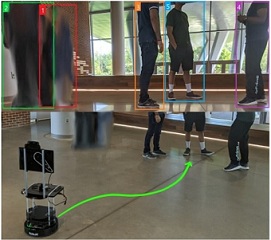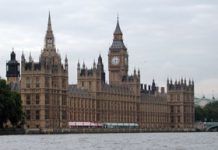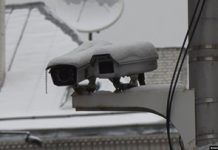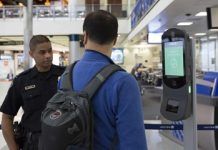Researchers at the University of Maryland have built a machine that uses CCTV cameras and thermal imaging to determine if people are staying six feet apart, and if someone in a group is potentially sick. The cameras monitor crowds, and will be able to detect when two individuals have been near each other long enough to trigger a break in protocols, and potentially inform them.
The team hopes that this type of surveillance will help health officials with contact tracing and assist organizers of some indoor events with controlling crowds and ensuring compliance.
Researchers, who published their findings, believe that their invention could be used in any low- to medium-density indoor crowds. The cameras detect when certain clusters of people have been standing within six feet of each other for an extended period of time. These types of infractions of social distancing guidelines are called ‘breaches.’ When a breach is detected, a response from the system is triggered.
The response can be as simple as nearby TVs or other monitors displaying a public health notice reminding people to socially distance. Researchers also built a more complex way to remind people to abide by the rules, though. A small robot, called Frozone, equipped with cameras, a monitor can drive itself to the infracting group. Frozone is self-guided, and once it finds the group breaking protocols, it will directly notify them and tell them to separate.
Researchers also found a way to cluster certain groups of people in an area together for contact tracing purposes.
The system can differentiate between interactions that would and would not be deemed ‘close contacts’ by existing Covid guidelines. Two people who walk by each other, for example, will not be detected as a close contact because their interaction was minimal.
If two people walk with each other, though, and are near each other for a long period of time despite remaining moving, it will detect them as contacts.
People who stand near each other for an extended period of time – usually more than 15 minutes being the norm – will be clustered together as close contacts. This kind of clustering can be valuable for public health officials. If one person in the cluster tests positive for Covid, they can quickly notify others within the same cluster and inform them to test and quarantine.








